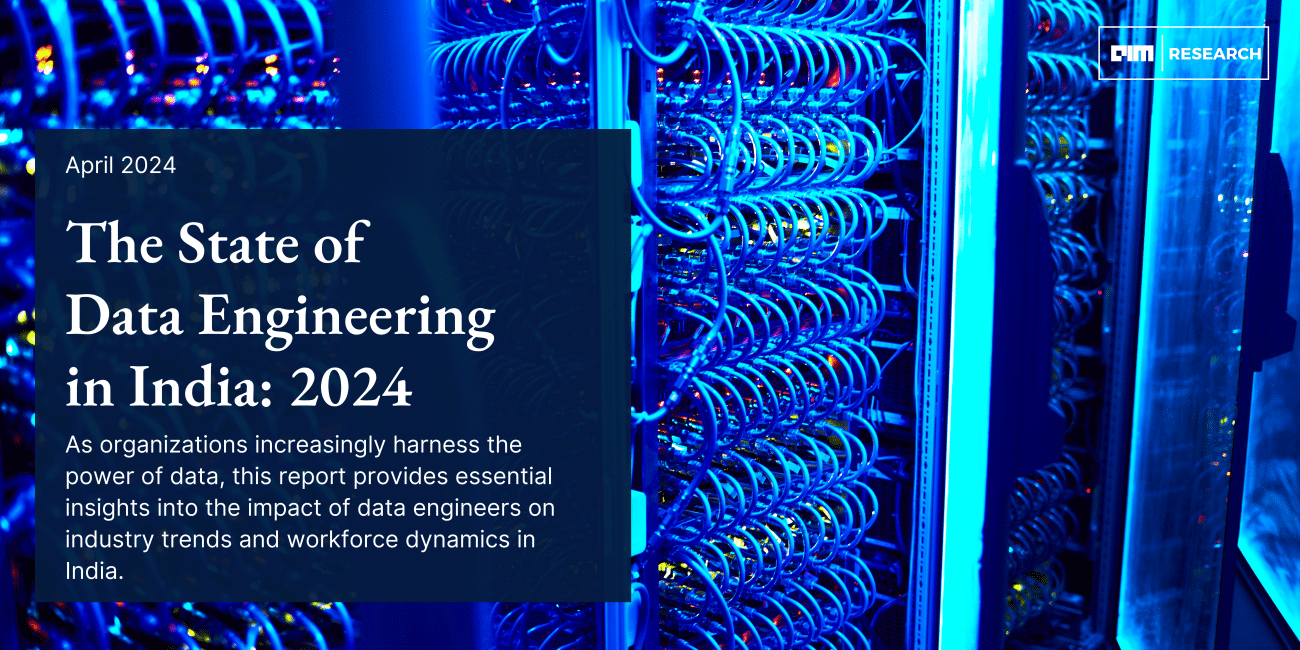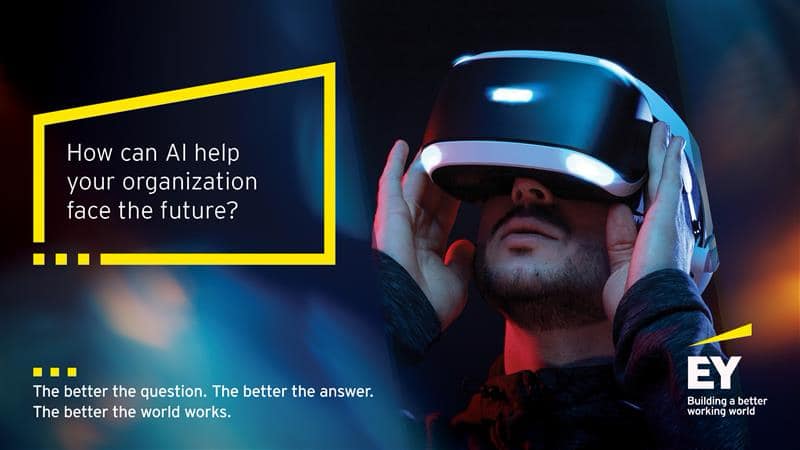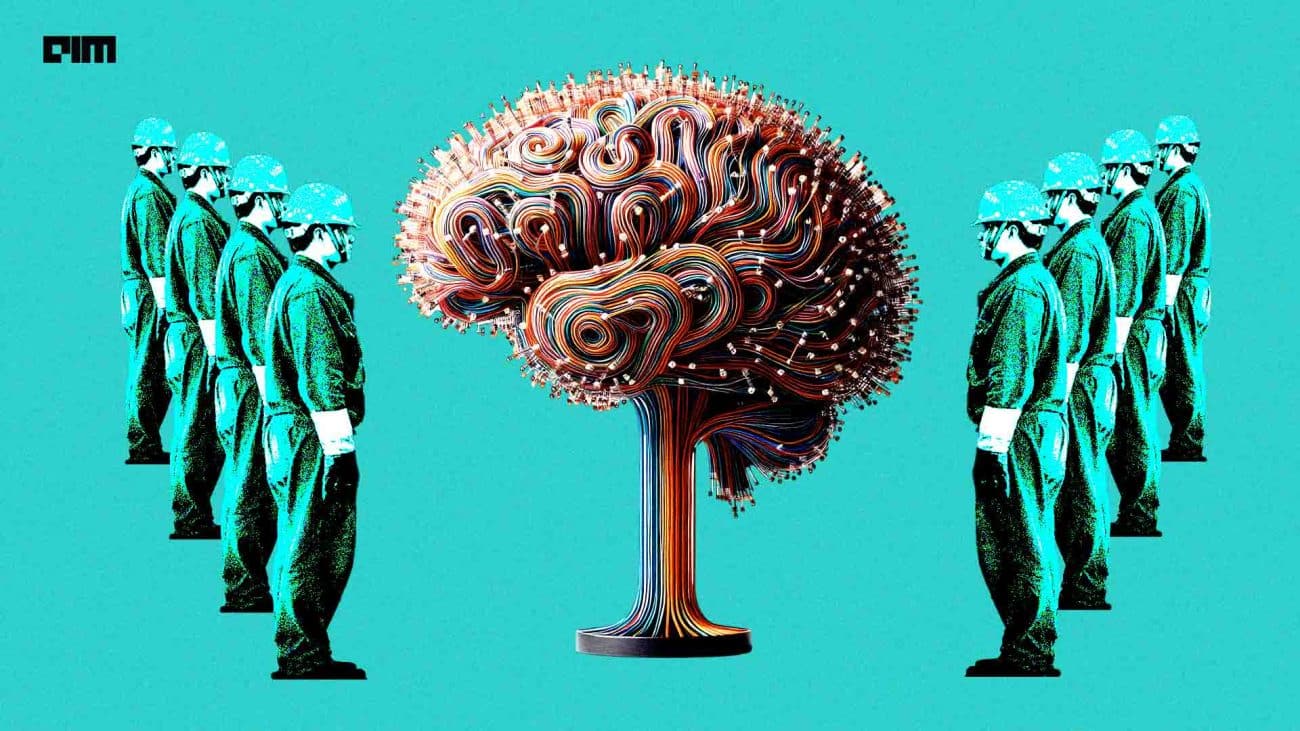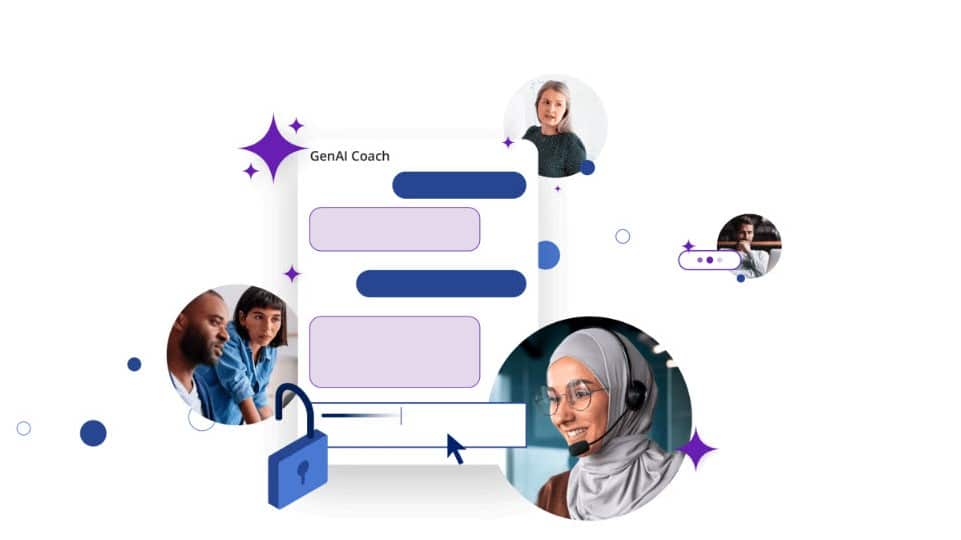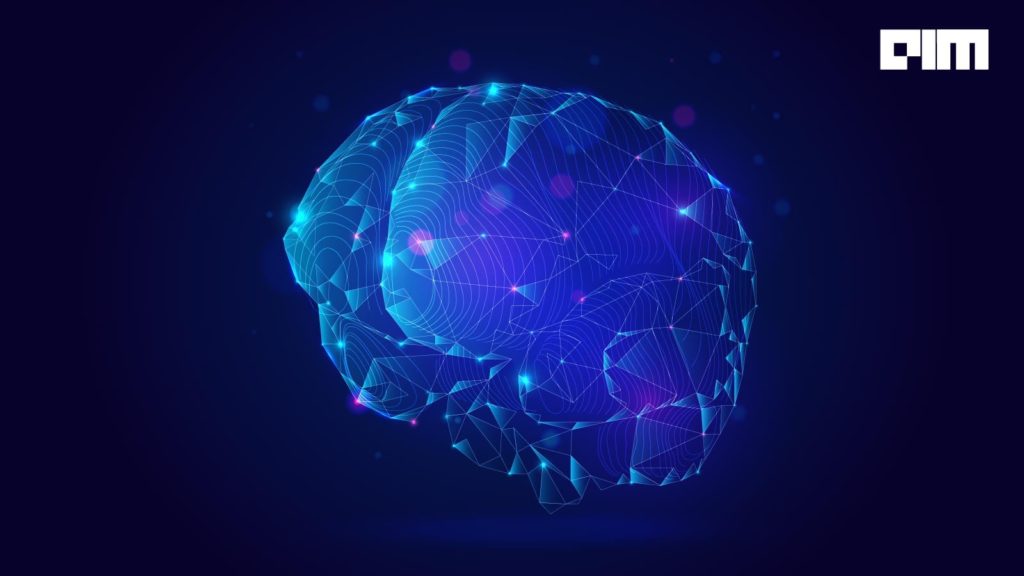There is more to human resource function than just hiring and onboarding. With the introduction of HR analytics, the human resources domain has undergone a radical makeover. Organisations use HR analytics to analyse employee turnover, optimise the talent supply chain, extract insights to help decision-makers, and more.
When integrated with a company’s overall strategy, HR analytics can improve productivity, performance, and profitability. Further, HR analytics offers a single-window into the workforce and talent data to drive business processes.
HR Analytics & Performance Management
HR analytics covers five major areas:
- To improve HR performance
- Transforming the role of HR as a strategic partner
- Predict demand in skills and vacancy within the organisation
- Identifying attrition and its cause
- Performance evaluation and management
Research suggests a fair performance evaluation and appraisal process is key to a happier workforce, and leads to better business outcomes.
Traditionally, performance evaluation has inclined towards practices such as the Bell Curve Method. The methods are subjective and time-consuming. Poor dynamic, bias, inaccuracy, and inadequate feedback make such methods a bad fit for current work environments.
This is where HR analytics come in handy. Its first component is collecting and tracking high-quality data. The collected data usually comes from the HR system already in place, the learning and development systems, and other data-collection techniques such as cloud-based systems and mobile devices. The type of data collected includes–employee profile, performance data, salary and promotion history, training, engagement, retention, absenteeism, etc.
For the performance appraisal, HR analytics can help in the following ways:
- Ensure transparency in annual reviews using data-backed decisions, lending legitimacy to the whole process.
- Using performance prediction to measure business performance and hand out benefits
- By effectively deriving insights from the available data, HR managers can identity better performers and incentivise them, leading to lesser attritions.
HR Analytics For the Appraisal Process
Predictive analytics: It is applied to the workforce to identify patterns on both individual and team level. The associated algorithms can provide objective insights into the work preferences and performance drivers.
Engagement: With analytics, HRs can identify engagement activities that directly or indirectly impact employee performance. It has two advantages–encourages organisations to invest more in performance building activities and in defining a metric that correlates performance with engagement.
Real-time analytics: Many companies such as Google, Microsoft and others are moving from an annual performance evaluation to a more real-time analysis of performance to make timely decisions. This estimates performance more extensively and helps recognise red flags and predict which employees come under the flight risk category.
Succession: Using HR analytics for appraisal and performance evaluation also means that HR can use the same data for succession planning. It can anticipate promotions, transfers, and professional break-ups beforehand.
Better Feedback: Analytics helps employees derive most from the feedback. Since it is data-backed, such performance feedback in most cases has a constructive impact on employee productivity.
Expert Insights
“HR analytics helps employers identify performance gaps during an appraisal cycle and work to help address them using the data such as increased tardiness, missed assignments, and other factors. These factors can be monitored and communicated with management and employees to help raise performance and productivity collectively,” said Khushboo Gogoi, Head, BU (Talent acquisition), AIM.
It also helps the employees monitor their performance & self-appraise based on the parameters that HR Analytics provides, leading to increased employee satisfaction, she added.
Terming it as the final step in ‘remotifying’ businesses, Samir Parikh, CEO & MD, NamanHR said, leaders are using real-time analytics from next-gen performance management tools. “Technology is helping employees in creating and navigating their own reskilling programs to fulfil their performance expectations. We will soon see ML & AI integrating business data with capability and personality data of employees as well as organisational culture data to predict suitability of organisation’s internal energy for measuring individual and organisational performance,” said Parikh.
“As an appraisal tool, technology enables you to track performance over an entire year consistently without gaps. This means that, to a large extent, human error or bias is eliminated and decisions about promotions, salary hikes, and other important aspects are made based on quality data rather than just human insights. Moreover, analytics can also enable organisations to set annual KPIs and measure them effectively during the appraisals,” said Neeti Sharma, Senior Vice President, TeamLease Services.


























